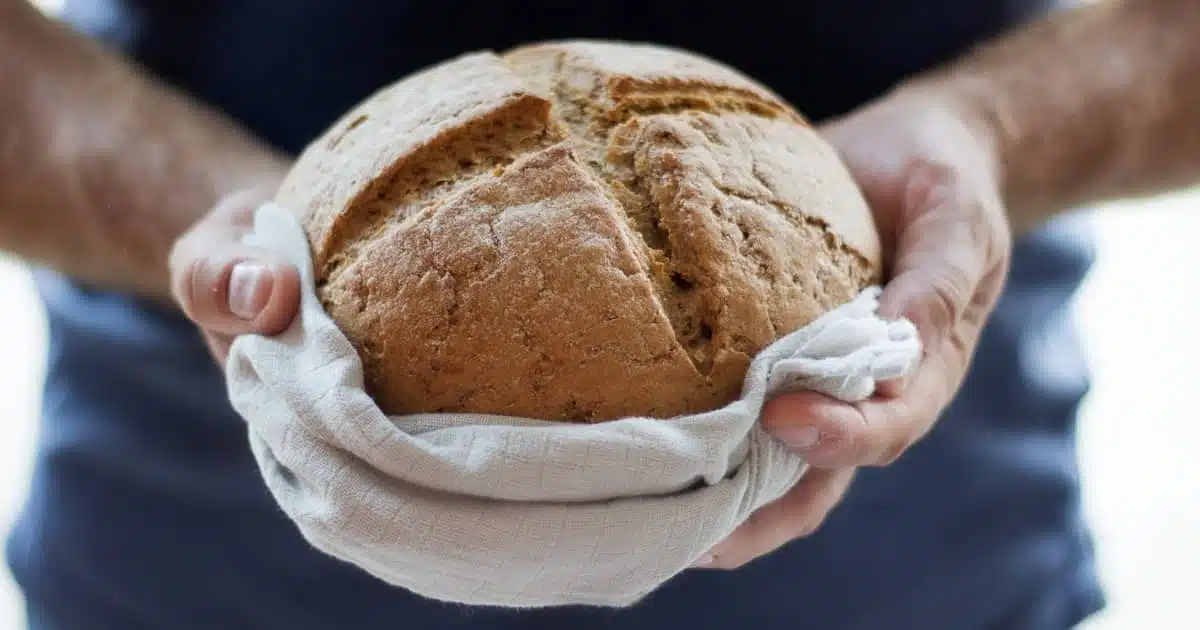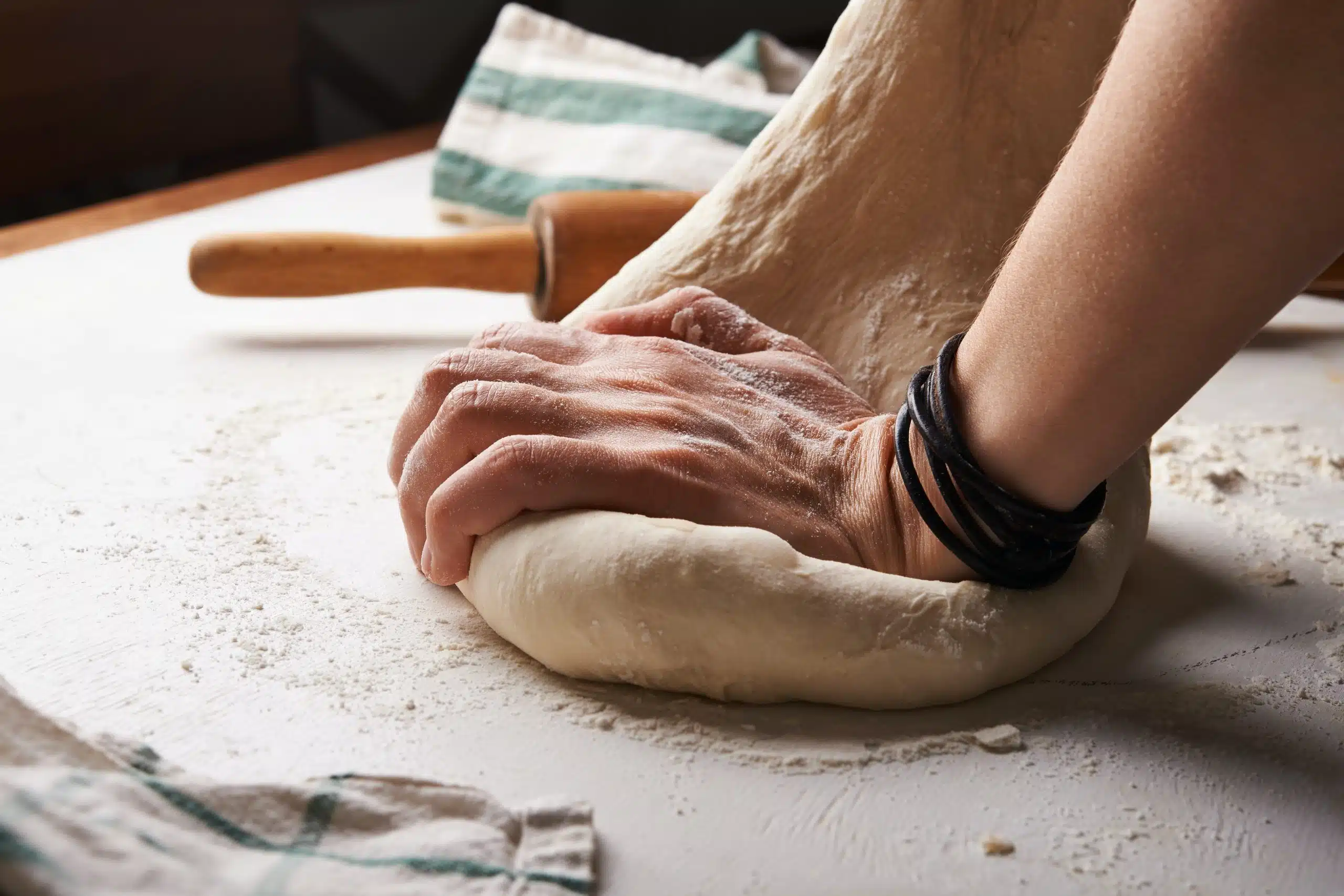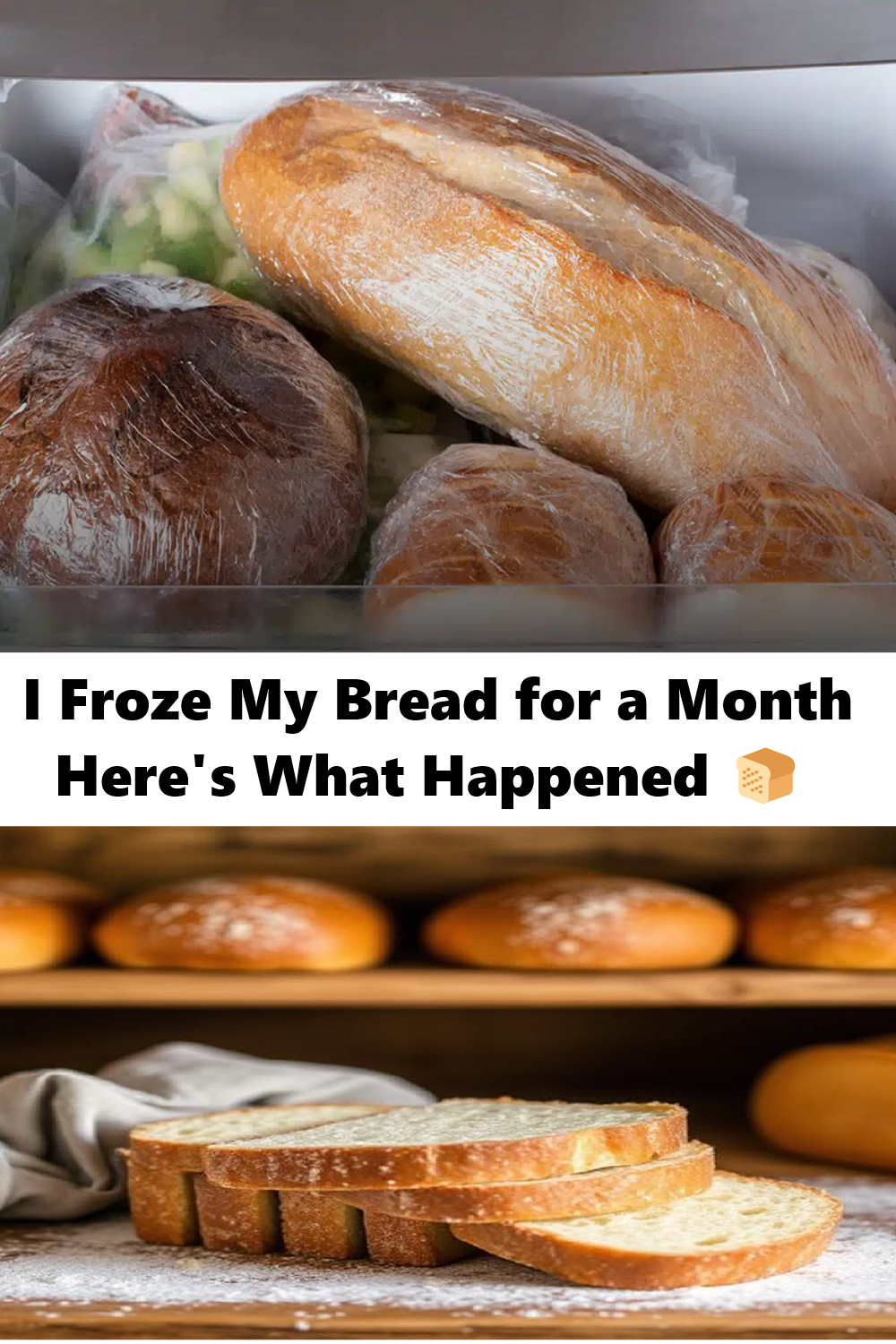We’ve all been there: there’s too much bread left at home, and to avoid wasting it, we head straight for the freezer. Convenient, quick, economical… but is it really safe? What if a very common mistake turned this seemingly innocuous gesture into a real health problem?
Frozen bread without precautions: a mistake with unexpected consequences

It’s a habit shared by many: slipping a baguette into the freezer unprotected. However, according to baking professionals, this action can expose the bread to contamination by other foods. Freezing doesn’t kill bacteria: it freezes them. However, if the bread is not wrapped, it can absorb unwanted odors , moisture… or worse, microorganisms present in the freezer.
Imagine a sponge: it’s a bit like the behavior of crumbs at low temperatures. It absorbs everything around it. The result? Health risks and a loss of flavor.
The right method for freezing your bread safely

Fortunately, there is a very simple method to freeze your bread safely and efficiently:
- Wrap your bread in an airtight freezer bag .
- Close it carefully, without leaving any air.
- Write the freezing date on it.
- Place it on the coldest shelf of the freezer, usually at the top .
No freezer bag? Cling film , aluminum foil, or even a paper bag from the bakery can do the trick.
Bonus tip : To limit the infamous freezer burn (those white spots that dry out bread), combine two protections: first the film, then the paper bag.
What about homemade bread?

If you’re the type to knead your own dough, be careful with one crucial step: complete cooling . Never freeze warm bread. Let it cool completely at room temperature. Otherwise, you risk not only ruining the texture , but also warming up the rest of the freezer… which could be dangerous for other stored foods.
How long can you freeze bread?
Continued on the next page 👇




